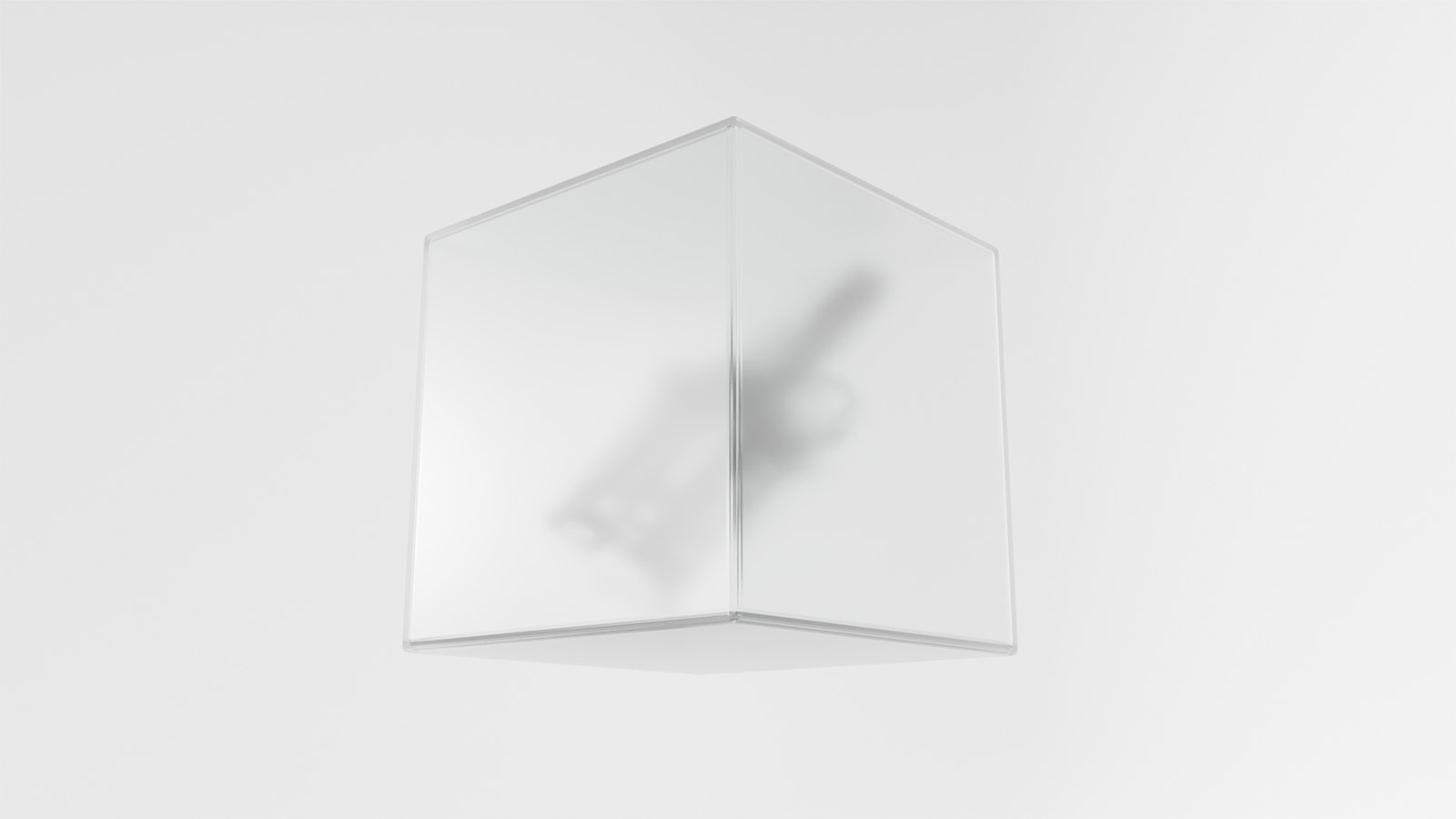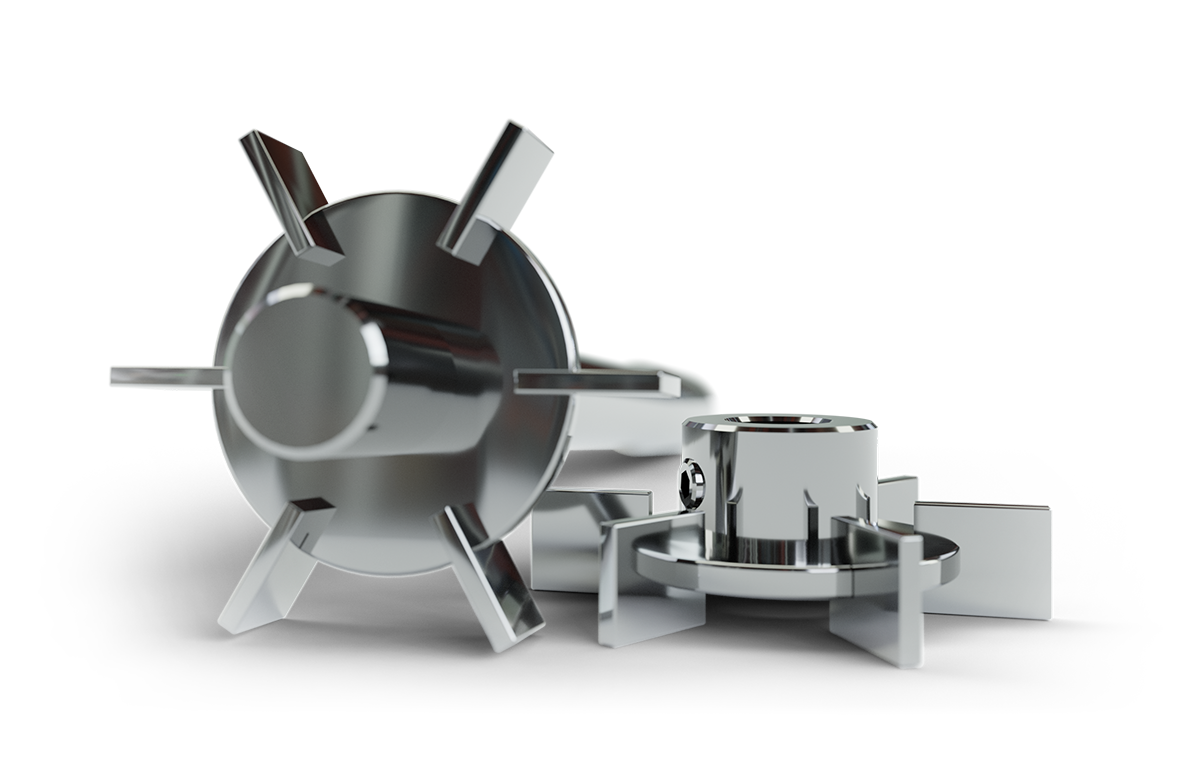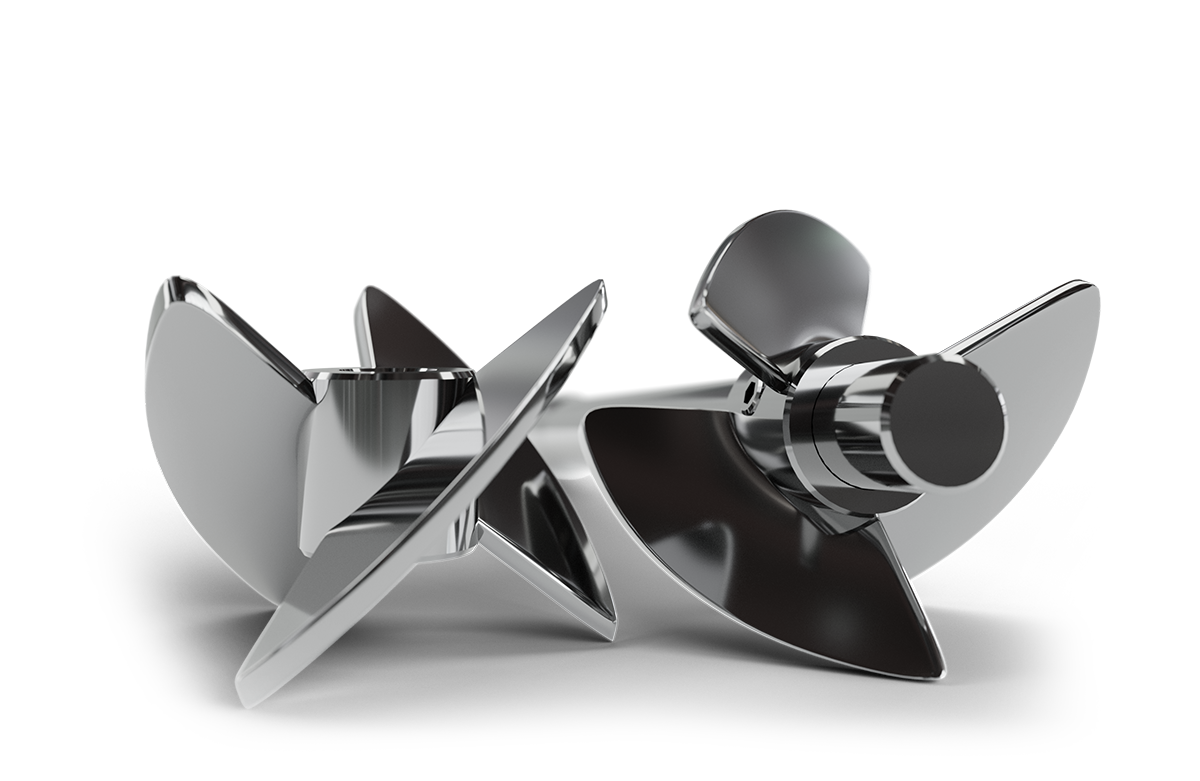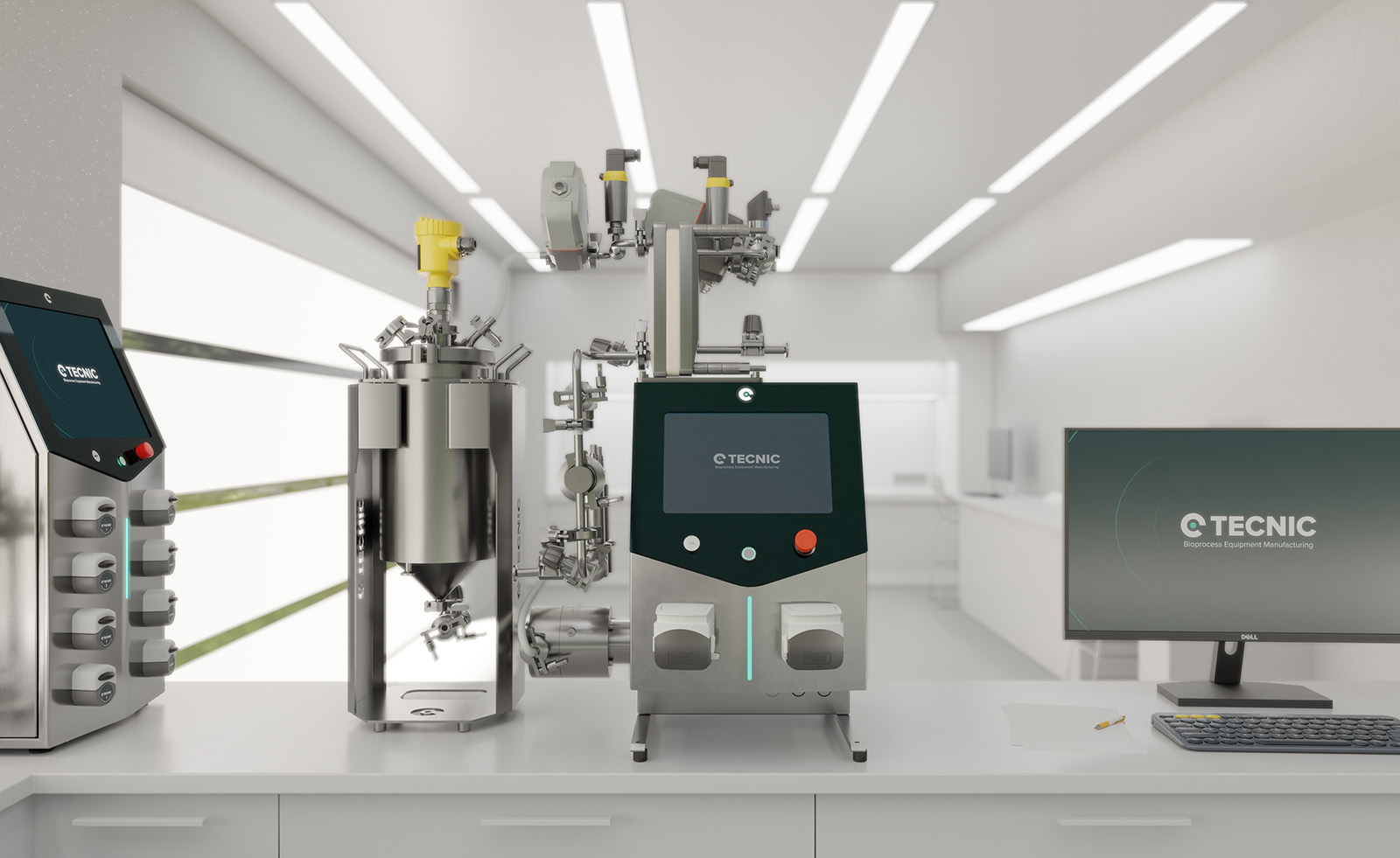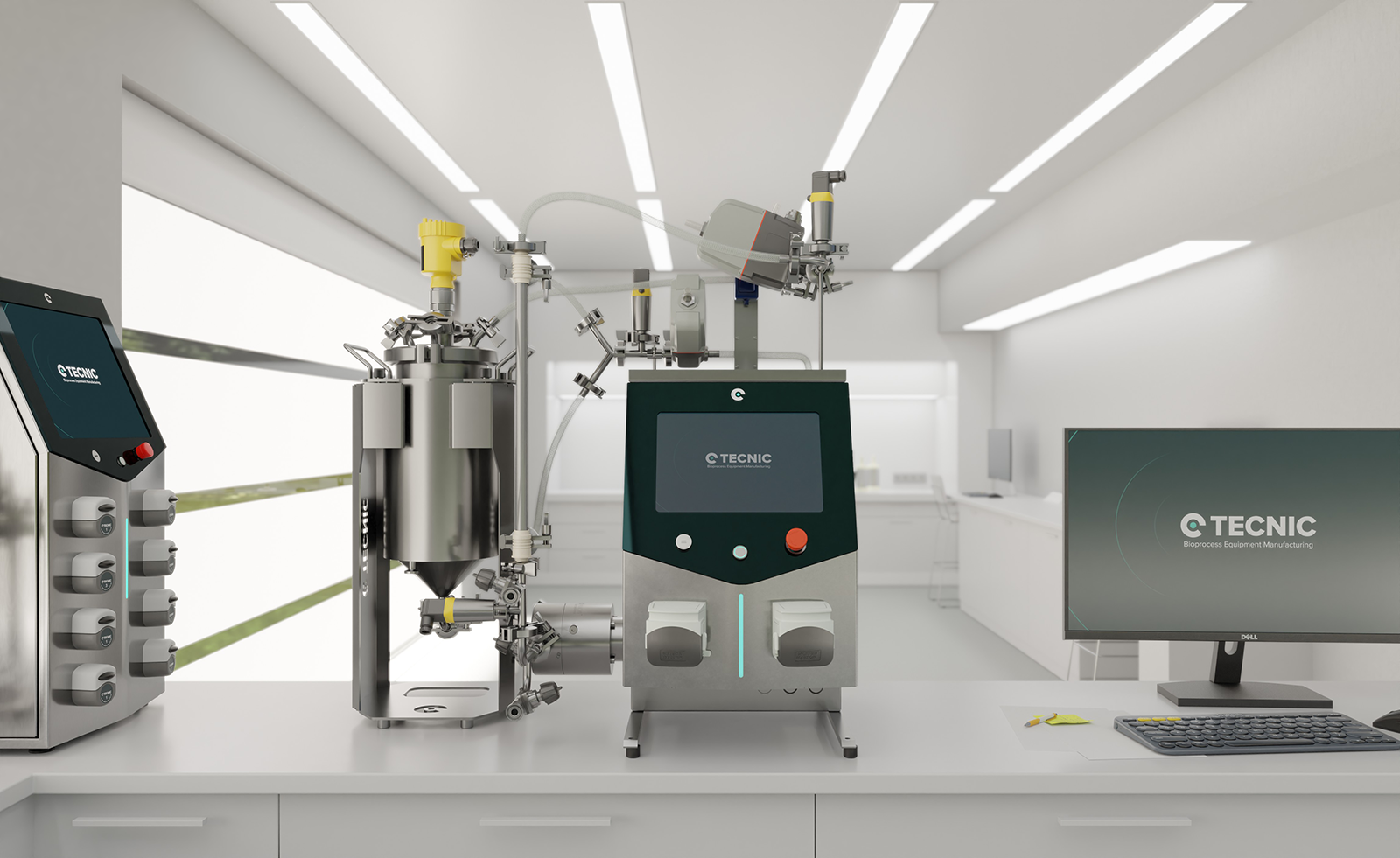Protein purification is a fundamental step in bioprocessing, ensuring the isolation of high-purity proteins for therapeutic, industrial, and research applications. In biotechnology and pharmaceutical manufacturing, proteins such as monoclonal antibodies, enzymes, and recombinant therapeutics require well-defined protocols to achieve regulatory compliance, functional stability, and reproducibility. Optimizing purification processes directly impacts yield, cost efficiency, and product efficacy, making it a crucial aspect of biomanufacturing.
Importance of protein purification
Bioprocess-derived proteins are typically mixed with various host cell components, including nucleic acids, endotoxins, and other impurities. The purification process is essential to eliminate unwanted substances that can interfere with protein function or trigger immunogenic responses. Maintaining protein stability is also critical, as degradation can compromise therapeutic efficacy. Regulatory bodies such as the FDA and EMA impose strict quality standards to ensure that purified proteins meet safety and effectiveness criteria. Well-optimized purification strategies contribute to better downstream processing, enhancing batch reproducibility and reducing waste, which is crucial for large-scale biomanufacturing.
Stages of purification
Protein purification typically follows three main stages, each progressively refining the purity and integrity of the protein product.
Capture (primary recovery)
The initial recovery of the target protein from the production system focuses on separating it from the bulk of host cell materials. Depending on whether the protein is intracellular or secreted, different methods are employed.
Centrifugation effectively removes whole cells and large cellular debris, while filtration, particularly tangential flow filtration (TFF), retains the desired proteins while eliminating larger contaminants. Precipitation techniques, such as ammonium sulfate precipitation, are often used at this stage to isolate proteins by altering their solubility properties. If the protein is intracellular, lysis techniques—either mechanical or enzymatic—help break the cells open to release the desired protein.
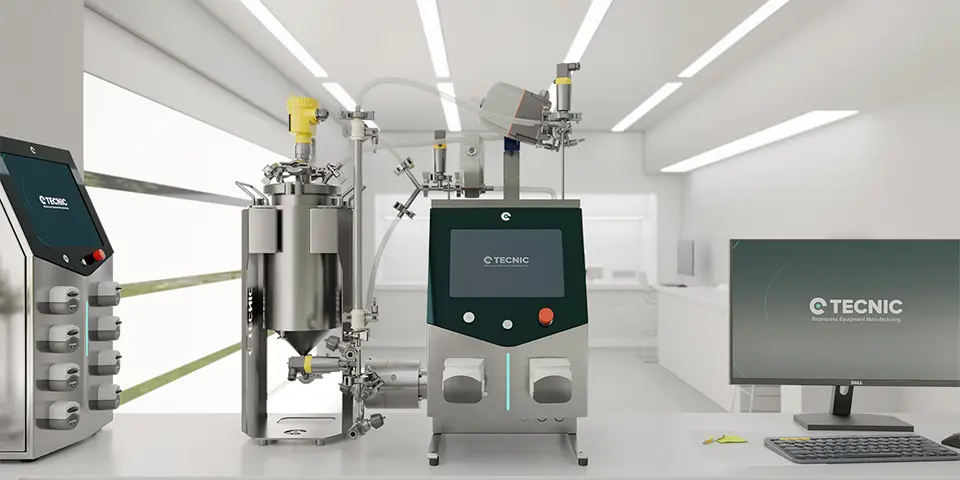
Intermediate purification
At this stage, the goal is to remove major contaminants, such as host cell proteins, nucleic acids, and lipids, while concentrating the target protein. Chromatographic techniques such as ion exchange chromatography (IEX) exploit charge differences to separate proteins, whereas hydrophobic interaction chromatography (HIC) leverages differences in hydrophobicity.
Size exclusion chromatography (SEC) is particularly useful for separating proteins based on molecular weight, ensuring that similar-sized contaminants are excluded. Selective precipitation methods can also be employed, using pH shifts or solvents to selectively remove unwanted impurities while preserving the integrity of the target protein.
Polishing (final purification)
The final step ensures the highest level of purity, particularly for therapeutic applications where even trace impurities can affect safety and efficacy. Affinity chromatography is often employed for highly specific purification, such as Protein A chromatography for monoclonal antibodies.
Additional filtration techniques, including ultrafiltration and diafiltration, help concentrate the purified protein and remove residual solvents or buffer components. High-performance liquid chromatography (HPLC) provides the ultimate refinement for highly sensitive applications, ensuring the final product is of pharmaceutical-grade purity. In some cases, crystallization techniques are used to further stabilize the protein for long-term storage, improving its shelf life and usability in downstream applications.
Techniques used in purification
A variety of techniques are employed to achieve optimal purification outcomes. Chromatographic methods remain the gold standard due to their specificity and efficiency.
Affinity Chromatography: Highly selective, utilizes ligand-based interactions to capture the desired protein.
Ion Exchange Chromatography (IEX): Separates proteins based on charge differences.
Hydrophobic Interaction Chromatography (HIC): Leverages nonpolar surface interactions.
Size Exclusion Chromatography (SEC): Isolates proteins based on molecular weight.
Filtration methods play a crucial role in purification workflows.
Tangential Flow Filtration (TFF): Concentrates proteins and removes small contaminants.
Microfiltration & Ultrafiltration: Eliminates larger particulates and aggregates.
Nanofiltration: Provides finer separation, achieving near-perfect purity.
Membrane Adsorbers: Functionalized membranes that capture specific impurities efficiently.
Precipitation methods are widely used in large-scale processes due to their cost-effectiveness.
Ammonium Sulfate Precipitation: Selectively isolates proteins by altering solubility.
Isoelectric Precipitation: Utilizes protein isoelectric points for separation.
Polyethylene Glycol (PEG) Precipitation: Improves protein solubility control.
Organic Solvent Precipitation: Ideal for extracting hydrophobic proteins.
Challenges in purification
Despite the advances in purification technology, several challenges persist in optimizing purification workflows. High costs associated with chromatography resins and filtration equipment make purification one of the most expensive steps in biomanufacturing.
Protein stability remains a concern, as prolonged purification procedures can lead to degradation or aggregation, affecting yield and bioactivity. Scalability is another major issue—processes optimized at the laboratory scale must be adapted for industrial-scale production while maintaining efficiency and product integrity.
Regulatory compliance adds another layer of complexity, requiring extensive validation and documentation to meet stringent quality assurance standards. Contamination risks must also be carefully controlled, particularly in multi-product facilities where cross-contamination can be a significant concern.
Emerging trends
Innovations in bioprocessing are continuously improving protein purification efficiency. The shift toward continuous processing is enhancing productivity, reducing processing times, and improving consistency in protein recovery.
Alternative affinity ligands are being developed to reduce reliance on costly Protein A resins, thereby lowering purification expenses. Membrane chromatography is gaining popularity as a faster and more cost-effective alternative to traditional resin-based chromatography.
Automation is transforming protein purification workflows, increasing reproducibility and minimizing human error. Artificial intelligence (AI) is being integrated into process monitoring, enabling real-time adjustments to optimize purification efficiency. Single-use purification systems are also gaining traction, particularly in biopharmaceutical manufacturing, as they reduce contamination risks and enhance process flexibility. Advances in green bioprocessing are making purification more sustainable, minimizing waste and reducing the environmental footprint of large-scale protein manufacturing.
Applications in biotechnology
Protein purification is indispensable across multiple fields of biotechnology. In biopharmaceutical manufacturing, it is used to produce monoclonal antibodies, insulin, and therapeutic proteins, ensuring that these biologics meet stringent purity and efficacy standards.
Vaccine development relies on purification strategies to isolate viral proteins and recombinant antigens for immunization purposes. Industrial enzyme production employs purification techniques to refine enzymes used in food, biofuels, and diagnostics.
Biomedical research depends on high-purity proteins for structural and functional studies, while synthetic biology applications involve engineering custom proteins with specialized functions. Additionally, food and agricultural biotechnology harness purification techniques to enhance nutritional value and food safety.
Conclusion
Protein purification is a critical component of bioprocessing, directly impacting the quality and efficacy of biologics. By integrating advanced purification methods—including chromatography, filtration, and precipitation—biomanufacturers can optimize product yield, process scalability, and cost efficiency. As the industry evolves, continuous improvements in automation, AI integration, and novel purification strategies will further enhance the efficiency and sustainability of biopharmaceutical production. With ongoing innovations, purification processes will become more streamlined, reducing costs while maintaining the highest standards of purity and safety.
Frequently Asked Questions (FAQ)
Protein purification is essential to isolate and concentrate target proteins while removing impurities that may affect function, stability, or safety, especially in biopharmaceutical applications.
Chromatography, particularly affinity chromatography, is one of the most widely used techniques due to its high specificity and efficiency.
Proteins can degrade, aggregate, or lose functionality during purification. Optimizing buffer conditions, temperature, and purification speed helps maintain protein integrity.
Protein purification is critical for producing monoclonal antibodies, vaccines, and enzyme-based drugs, ensuring that biopharmaceutical products meet safety and efficacy standards.
Advancements such as AI-driven process monitoring, membrane chromatography, and continuous purification are enhancing yield, speed, and cost-effectiveness in modern bioprocessing.






